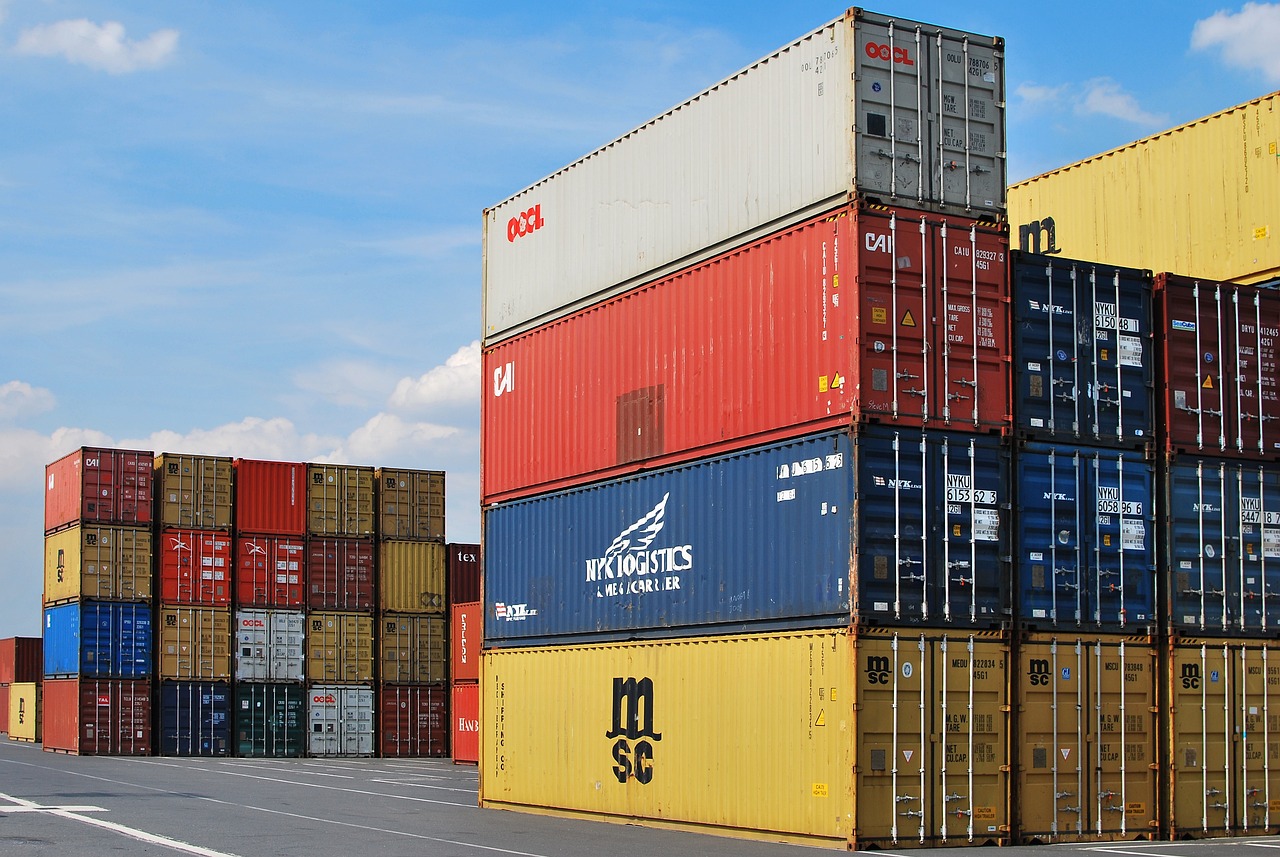Péter Szijjártó emhasized that a target has been set to increase domestically-owned companies that are competitive in international markets by 50 percent.Continue reading

All of the other Visegrad countries (Poland, Slovakia, and the Czech Republic) are important foreign trade partners for Hungary, as the figures show, reports Világgazdaság.
In recent weeks, the Hungarian Central Statistical Office published data on trade in goods for May. So far this year, with the exception of January, our trade in goods has been in surplus throughout the year, with a deficit of €1.1 billion in May. This is also a significant improvement compared to the last year and a half, especially if we take into account that the momentum of trade in goods has lost some of the dynamism of previous years. The current high surplus is mainly due to the fall in energy prices, suggesting that Hungarian foreign trade is starting to find its feet again, according to a recent summary by the Oeconomus Economic Research Foundation.
In May of this year, domestic exports reached €12.9 billion. On the import side, the turnover amounted to 11.8 billion euros. Compared to the same period last year, the value of exports in euro terms grew by 5.2 percent in May, while imports fell by 5.4 percent.
In the Hungarian product structure, machinery, vehicles and transport equipment, manufactured goods and food, beverages, and tobacco continue to be the main export commodities. In addition to these, imports of energy products are also significant.
Based on the data available so far, all four countries have seen a decline in product exports and imports for April this year. This was due to a fall in consumption and trade flows, so that imports of imported goods were also adjusted by a correction in consumption. In addition, world prices for some energy commodities, notably natural gas, fell sharply, leaving a mark on the import side.
When reviewing trade in goods, it is also important to look at the balance. Looking at the external trade balances of the Visegrad countries, we can see that at the beginning of this year, Slovakia and Hungary were in deficit. The Slovak data shows that the indicator has only slowly moved towards a deficit, with a positive balance in February, but a significant surplus only in March. The Czech and Polish figures, based on the data available so far, have been balanced throughout, with high surpluses.
In 2021, 14.6 percent of Hungary’s total merchandise exports were to these three partner countries, worth a combined total of USD 17.660 billion.
In 2021, Poland was the largest supplier of goods from the Visegrad Group countries, with a total value of USD 8.050 billion.
While the priority for the Visegrad Four is not to expand trade relations, economic cooperation has become increasingly important in recent years. It is in the regional as well as the economic interest of each country to maintain and further expand positive economic relations with each other.
Via Világgazdaság, Featured image via Pixabay